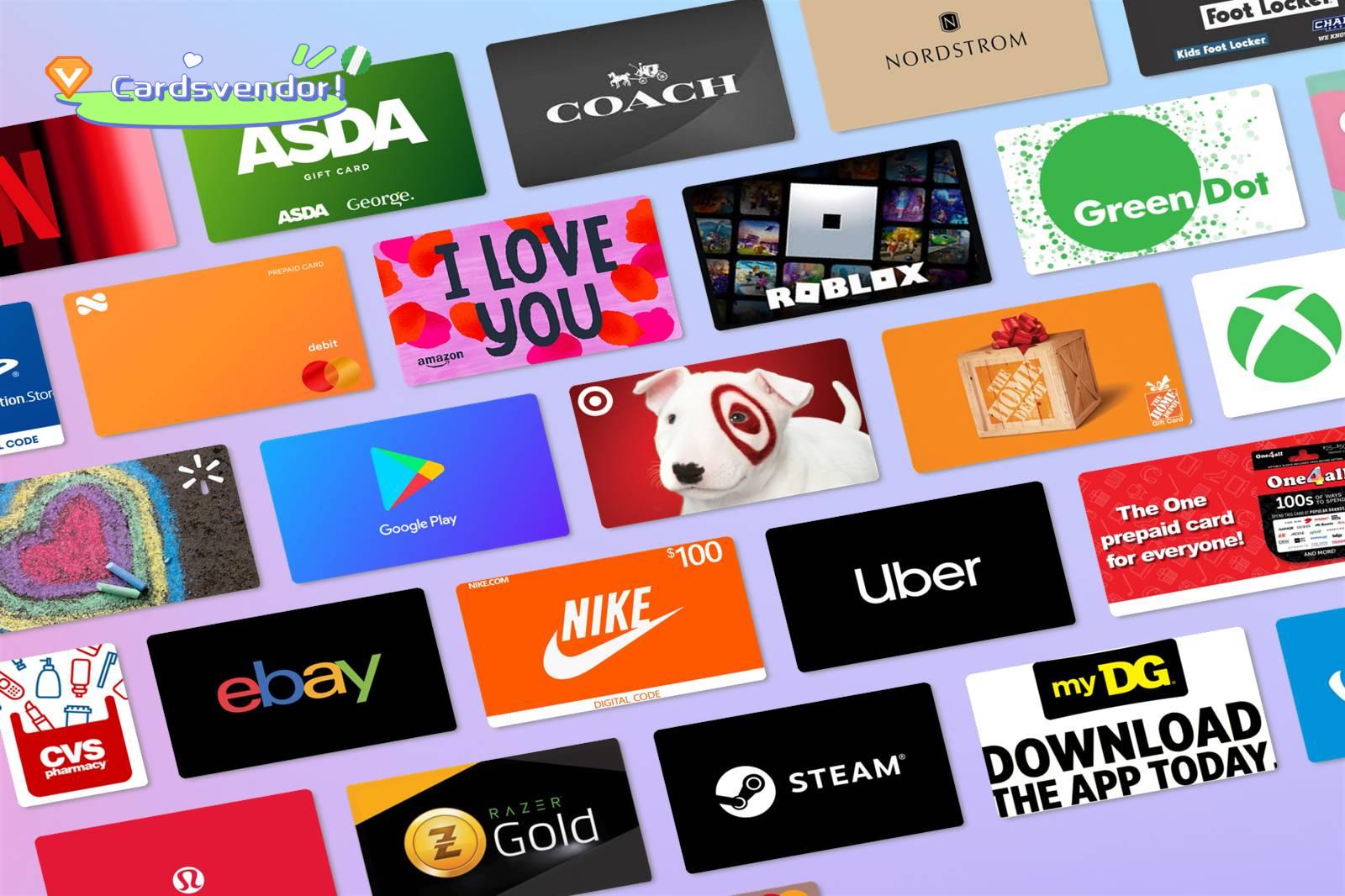
Target Gift Card Explained
The Target Gift Card is a pre-paid card issued by Target Corporation, a leading American retailer. It functions like a debit card, allowing users to make purchases at any Target location or on Target.com. Customers can load it with any amount from $5 to $500, and it can be used to pay for merchandise, groceries, and services within the Target network. The card doesn’t expire, but certain terms and conditions apply, such as no cash-back, and some restrictions may apply to online purchases. It’s a convenient and flexible way to shop at Target without carrying cash or a credit card.
How to Cash In Your Target’s Gift Card for Nigerian Naira
How much is Target Gift Card $ 50 Equivalent in Nigerian Naira?
Card Type
USD
Naira
Target
10
10,800 ~ 13,500
Target
25
27,000 ~ 33,750
Target
30
32,400 ~ 40,500
Target
50
54,000 ~ 67,500
Target
100
108,000 ~ 135,000
Target
200
216,000 ~ 270,000
Target
500
540,000 ~ 675,000

How To Check Target Gift Card Balance
To check your Target gift card balance, visit Target.com, select “Check Gift Card Balance,” enter the card number and PIN, or use the Target app. For in-store balance inquiries, present the card at checkout.
How To Check Target Gift Card Balance
1. Online Method:– Visit the Target Balance Check page on their website.
- Enter your gift card number and PIN.
- Click “Check Balance” to view the remaining amount.
2. In-Store Method:– Take your gift card to any Target register.
- The cashier can check the balance for you.
3. App Method:– Download the Target app on your smartphone.
- Log in and select “Gift Cards” from the menu.
- Enter your gift card number and PIN to view the balance.
4. By Phone:– Call the gift card balance hotline at 1-800-544-2943.
- Follow the automated prompts to enter your card number and PIN.
Remember, the balance may not reflect any pending transactions.
How Is Target Gift Card Rate Determined?
Gift card prices are influenced by several factors:
1. Issuer Costs:
Production, fulfillment, and distribution costs are key components.
2. Brand Value:
Premium brands command higher prices due to their reputation.
3. Fees:
Issuers may charge fees for purchase, activation, and inactivity.
4. Usage Restrictions:
Limited-use cards may have different pricing than flexible ones.
5. Expiry Dates:
Cards with no expiry may cost more.
6. Market Demand:
High demand for certain brands or types can increase prices.
7. Reconditioning:
Refurbished cards might be sold at a discount.
8. Technology:
Advanced security features can increase costs.
9. Promotions:
Sales and promotional offers can temporarily lower prices.
10. Exchange Rates:
For international cards, currency exchange rates play a role.
